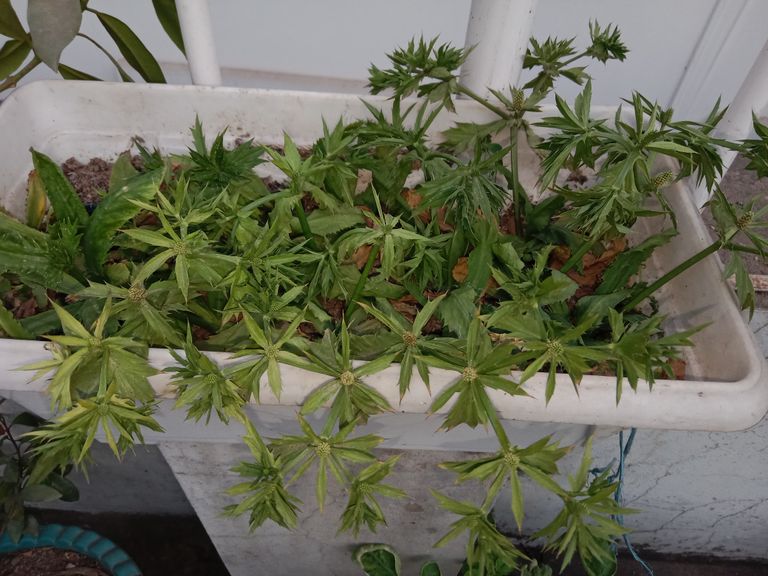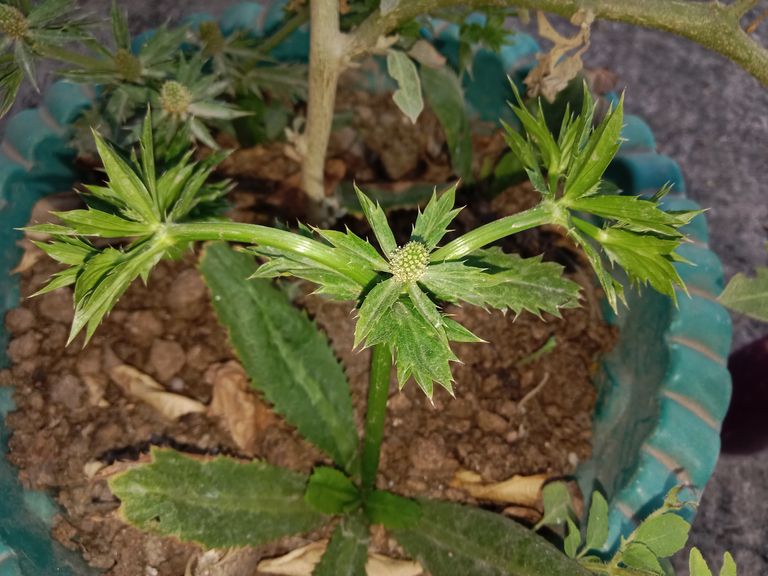Assalamualaikum
Everyone. l am @a-marjanmim
From #Bangladesh March,18-03-2025
- A beautiful day
- March,18-03-2025,
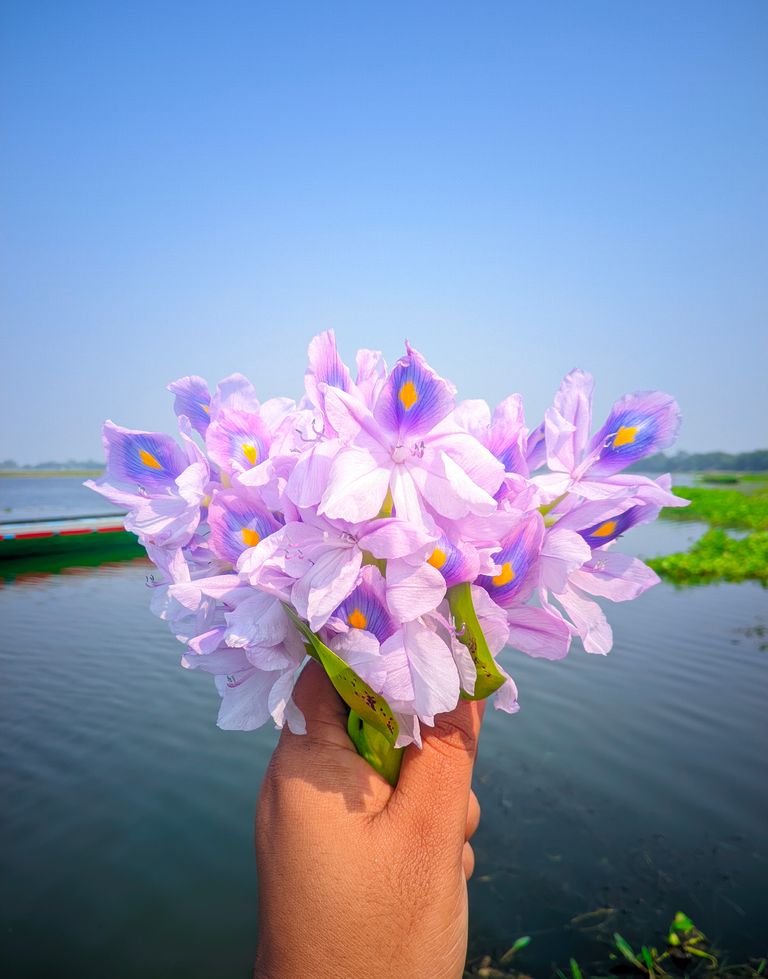
The kachuripana that is now seen floating in the water bodies of Bangladesh did not exist in this region even a hundred and fifty years ago. In Bangladesh, the green-leaved kachuripana that can be seen in canals, beels, rivers or water bodies of any size was not known in the region until about one and a half hundred years ago - it did not grow here. But after its arrival, kachuripana was eaten by the administration officials in various ways, and even the election manifesto had to include a promise to kill kachuripana. Beautiful kachuripana flowers can be seen in canals, bills, lakes and ponds next to houses.
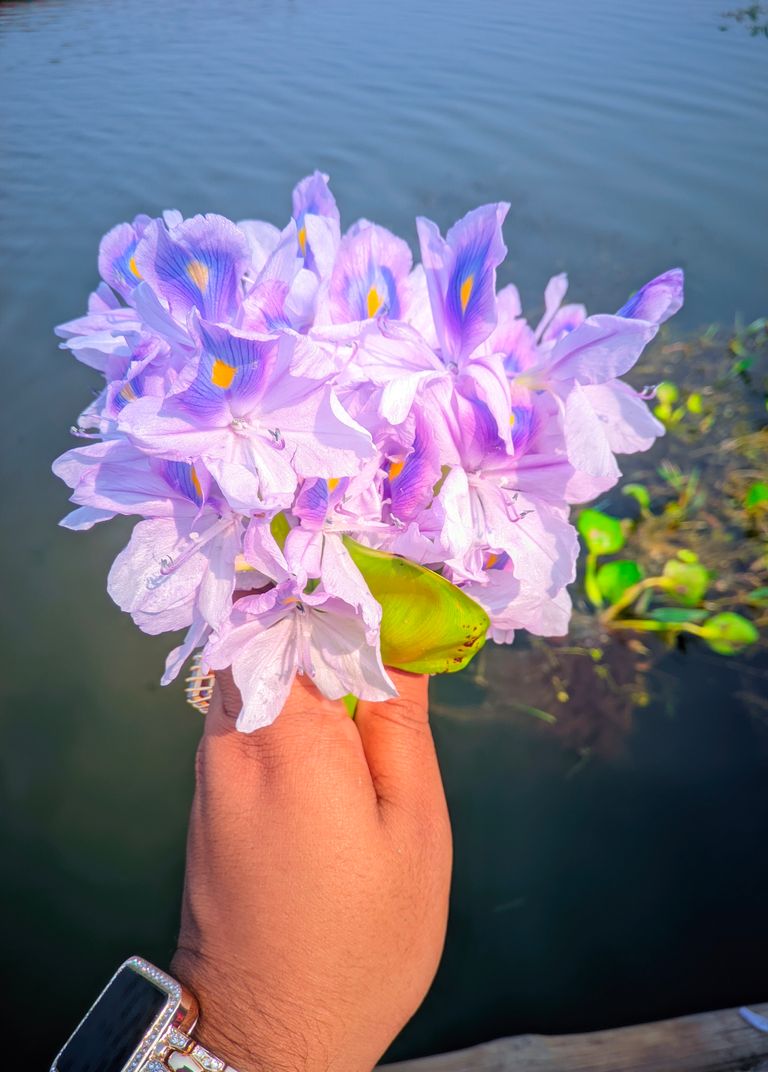
It is not enough to say how much this kachuripana flower is loved and enjoyed by more or less everyone. Many people go to different water bodies to see kachuripana. Many people get nostalgic thinking about the murders done in their childhood with kachuripana flowers. In the afternoon, many people are still swept away by the memory of going from one place to another by putting a few on top of each other in the afternoon. Therefore, this magical light purple flower arranged in blue veins brings the lost childhood very close.
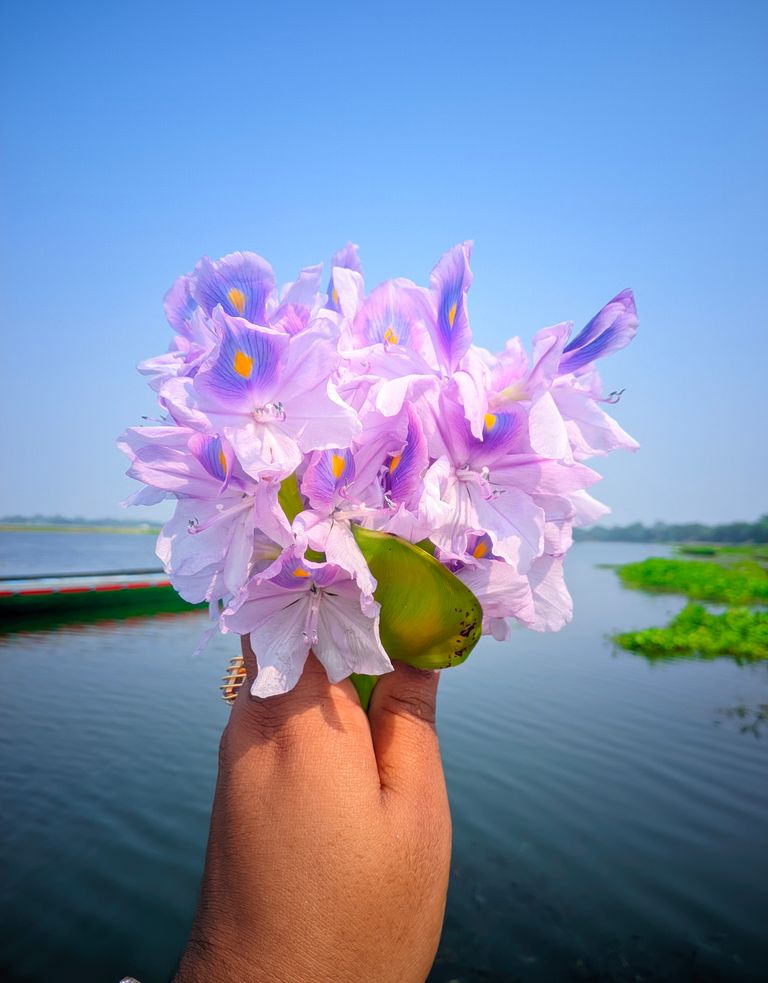
If you go to the village, you can still see small boys and girls playing by picking up kachuripana flowers from the reservoir.The girls are tied to the khopa. In the autumn afternoon, if you walk along the side road of the reservoir, you can often see such a scene. Although the kachuripana looks dark green, if you see its flowers, you will think that the stars are shining with white light in the dark green field. The flowers are white or pale blue with purple spots in the petals and a yellow drop in the middle. Before fully blooming, they look very cylindrical.
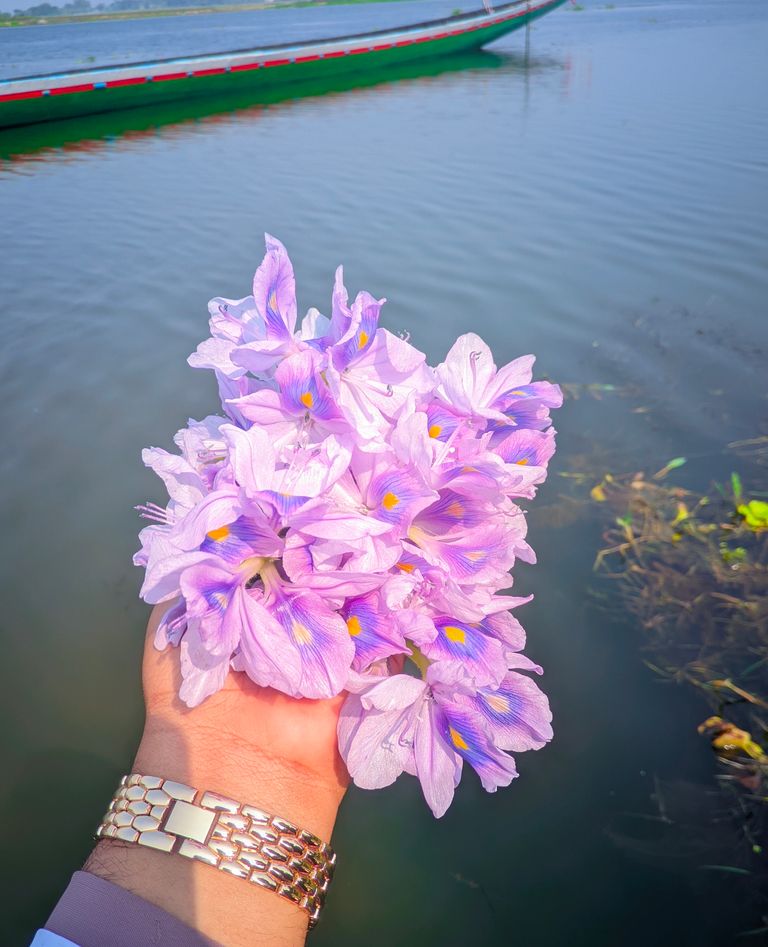
Bilati Coriander or Bengal Coriander is one of the most profitable cash crop of the South-East hill region of Bangladesh. Coriander leaves and young flower stalks are used as vegetables, salads and spices. Bilati Coriander is mainly a Kharif season crop. Its leaves and stems act as stomachic anti-inflammatory and analgesic. It stimulates appetite, improves digestion, relieves stomach pain, diarrhoea, diarrhea, insect bites, relieves colic problems and reduces gas production. The nutritional quality of this crop is very high. Its leaves and stems are rich in calcium, iron, carotene and riboflavin. These volatile aromatic oil-like substances and acid-like substances can be collected to make high-value perfumes and herbal medicines.
